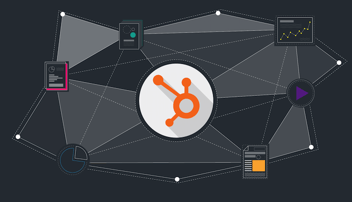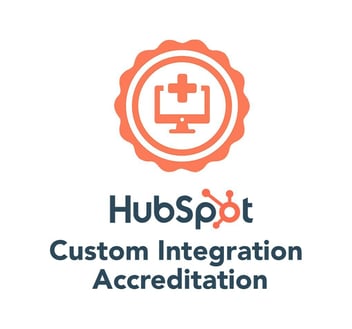If lead quality is causing disputes across your office, it's time to find some quick wins in this department! Fortunately with the right tools, collaboration and processes, this problem is easily solved. Here's 5 tactics you can implement using marketing automation that your sales team will love you for!
Marketing keeps sending sales poor quality leads. Sales don't manage them correctly and the vast majority don't eventuate in successful conversions as a result. Unfortunately, this dire state of affairs is common in most New Zealand businesses, thanks to a damaging disconnect between marketing and sales.
Luckily, there's a better way to manage your leads. By making a few small changes, you can quickly boost the quality of leads you're sending across to the sales team, and the way that your sales team handles them.
1. Persona qualification
When a lead comes in, how do you know it’s good or not? You want to have some measures in place that will instantly identify a great lead and also dismiss the ones that aren’t so great. This is where persona profiles come in.
A persona is a semi-fictional representation of your ideal customer. This persona is used to represent a segment of your target market who you've identified as having similar goals, personal profiles and buyer journeys.
To qualify a persona, marketing must create a series of questions to ask the personas in order to assess their suitability. For example, a real estate agency might include qualifying questions in lead capture forms that allow prospects to identify themselves as first home buyers, investors or down-sizers. Here's what this might look like:
"Which of the following best resonates with you?"
-
I'm a first home buyer
-
I own a few properties
-
I'm looking to invest in property
Once you've captured this information, marketing can file each lead under a persona to help sales tailor their approach to fit that persona's needs.
2. Progressive profiling
Unfortunately, you can't monitor the buyer's journey of every single person that interacts with your website. With that said, everyone is unique and needs something different to progress towards a purchase, so how can you identify what that need is?
Progressive profiling tools like smart content and smart lead forms can help you to gradually gather more intelligence on individual leads by automatically customising questions and content based on prior behaviour. That way your lead isn't filling out irrelevant forms and you're always gathering more data to help you qualify leads.
3. Positive and negative lead scoring
Lead scoring is exactly what it sounds like. Scoring your leads based on behaviours and attributes that indicate how ready they are to buy or be passed on to the sales team for follow up. This helps improve the quality of leads that marketing share with sales and ultimately the sales team's conversion rate.
To start qualifying leads, pick out the attributes or behaviours of past customers that you believe were highly qualified leads. Then assign a number to that attribute based on how likely a customer with that attribute is to convert - the higher the number is, the more likely they are to convert.
When a lead comes through you can then quickly profile them using the model you've created, before sending them through to sales. At the same, you should also implement negative lead scoring. That means filtering out unqualified leads based on certain behaviours or attributes that make them unlikely to convert.
When a lead doesn't meet your qualification needs, it's best to remove them to avoid wasting sales time and resources. That's not to say they won't come back and become a qualified lead in the future, of course. If you think the lead is promising, the salesperson could trigger a reminder to follow up and re-qualify a few months down the track.
4. Marketing qualification
When a lead is marketing qualified or MQL it's ready to be passed to sales. All the tactics we've already covered lead to this point when it's time for sales to step in and close the deal.
Ideally, sales will have input into deciding exactly what criteria a lead must meet, as well as feedback systems so that marketing can constantly adjust its approach as the business evolves.
5. Sales qualification
Now that sales has all the leads, what do they do with them? From here, a salesperson can use a sales qualification framework to determine if the prospect is worth pursuing. They take the data captured by the marketing team (preferably via a shared, central CRM) and supplement that with their own research and intelligence on the lead.
Don't forget: It's important to hand back failed SQLs to the lead pool or updated to ensure they are managed ‘out’ via further lead scoring criteria. This can be tricky if the lead has asked to become a customer, but they don’t fit the sales criteria. This kind of scenario needs to be fed back to the marketing team and lead qualification process to ensure these types of leads can be scored out before they are promised something the business doesn't want to deliver.
Ready to qualify some leads?
Qualifying leads before they reach sales saves time, allowing your sellers to focus their efforts where they're most needed. Done right, this results in a higher rate of conversion, more revenue and a better working relationship between marketing and sales.
If you need help selecting the right marketing automation platform to help you with the process of attracting and qualifying good leads, or if it's a conversation with sales you need help with... we'd love to hear from you.

.jpg)









